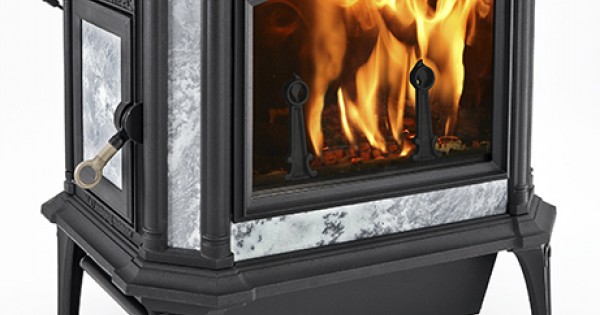Just wondering if these Catalytic stoves have secondary air injected to help the catalyst
I have done a little research on this with no luck.
I have done a little research on this with no luck.
Wonder why they would inject catalyst air? I don't see the point, Maybe its just strictly because it helps them meet the EPA standards?Some Woodstock stoves still inject catalyst air. Not sure why the Bk doesn’t but simple is good.

 www.woodstove.com
www.woodstove.com
Wonder why they would inject catalyst air? I don't see the point, Maybe its just strictly because it helps them meet the EPA standards?
Hmm wouldn't that mean the BK would stall a lot at low burn rate? I have no idea just tryin to learnMaybe without it with the air shut down not only the cat can stall, also the fire will extinguished. A set volume of air can keep the wood rolling and burning at real low rates plus cat in the active zone. Of course it can depends on draft, setup etc.

Progress Hybrid Wood Stove
Unique Hybrid Design The Progress is a HYBRID because it uses both a catalytic combustor and a secondary combustion system. Until the Progress was introduced in 2011, EPA certified wood stoves used one or the other. The Progress gives you the best of both systems - combined. A catalytic combustor bwww.woodstove.com
So basically its a hybrid with both cat and secondary, I would think a Catalytic stove would work better without Secondary air?
Do you happen to have a picture of the thermostat flapper/ valve hole?Like I explained before. BK also has a set amount the air coming through a hole in the thermostat flapper/valve. Everything is happening in a single intake system.
It is just a hole in a piece of sheet metal.Do you happen to have a picture of the thermostat flapper/ valve hole?
yeah i figured that just wanted to see itIt is just a hole in a piece of sheet metal.
Hmm wouldn't that mean the BK would stall a lot at low burn rate? I have no idea just tryin to learn
Do you happen to have a picture of the thermostat flapper/ valve hole?
The hybrids, in theory, allow you to run a stove hot without as much emissions as a cat only stove. A straight cat stove at high output isn’t quite as clean since the smoke rushes through the cat so fast.
Perfect thanks!I used to have a photo of the one in my princess. Not every BK has a hole in the flapper plate. Some models have a hole elsewhere in the intake manifold. The hole is only pinky sized. Smaller than a dime.
I've wondered about this, I also wonder if its because on high the firebox gets hot enough that the air is being burnt there, leaving little remaining oxygen to properly oxidize the smoke and particulates at the catalyst. Maybe a cat air injection that activates only on high output settings would clean this up?
I guess this theory would be pretty simple to prove with the right equipment, an oxygen sensor above the cat could fairly easily determine remaining oxygen levels, and if a low remaining O2 at high output is the cause of higher CO and particulate emissions.
Just reading thru this thread and yes, that was my thought. I suspect the secondary air feed was/is for times during startup when there is a need for additional air to burn up a large bloom of wood gases. This is introduced via the secondary feed. IIRC they do this on some car exhausts too.Cat stove on high: not necessarily, because it depends on the impedance of the air inlet and the capability to use the oxygen in the firebox (which depends on the airflow turbulence in the firebox and the amount of exposed and hot wood surface). It could very well be that a stove can suck in more air than it can use in primary combustion - in fact that appears to always be the case as the cat IS working (using oxygen to further oxidize the gases).
Cat stove on high: not necessarily, because it depends on the impedance of the air inlet and the capability to use the oxygen in the firebox (which depends on the airflow turbulence in the firebox and the amount of exposed and hot wood surface). It could very well be that a stove can suck in more air than it can use in primary combustion - in fact that appears to always be the case as the cat IS working (using oxygen to further oxidize the gases).
We use essential cookies to make this site work, and optional cookies to enhance your experience.

